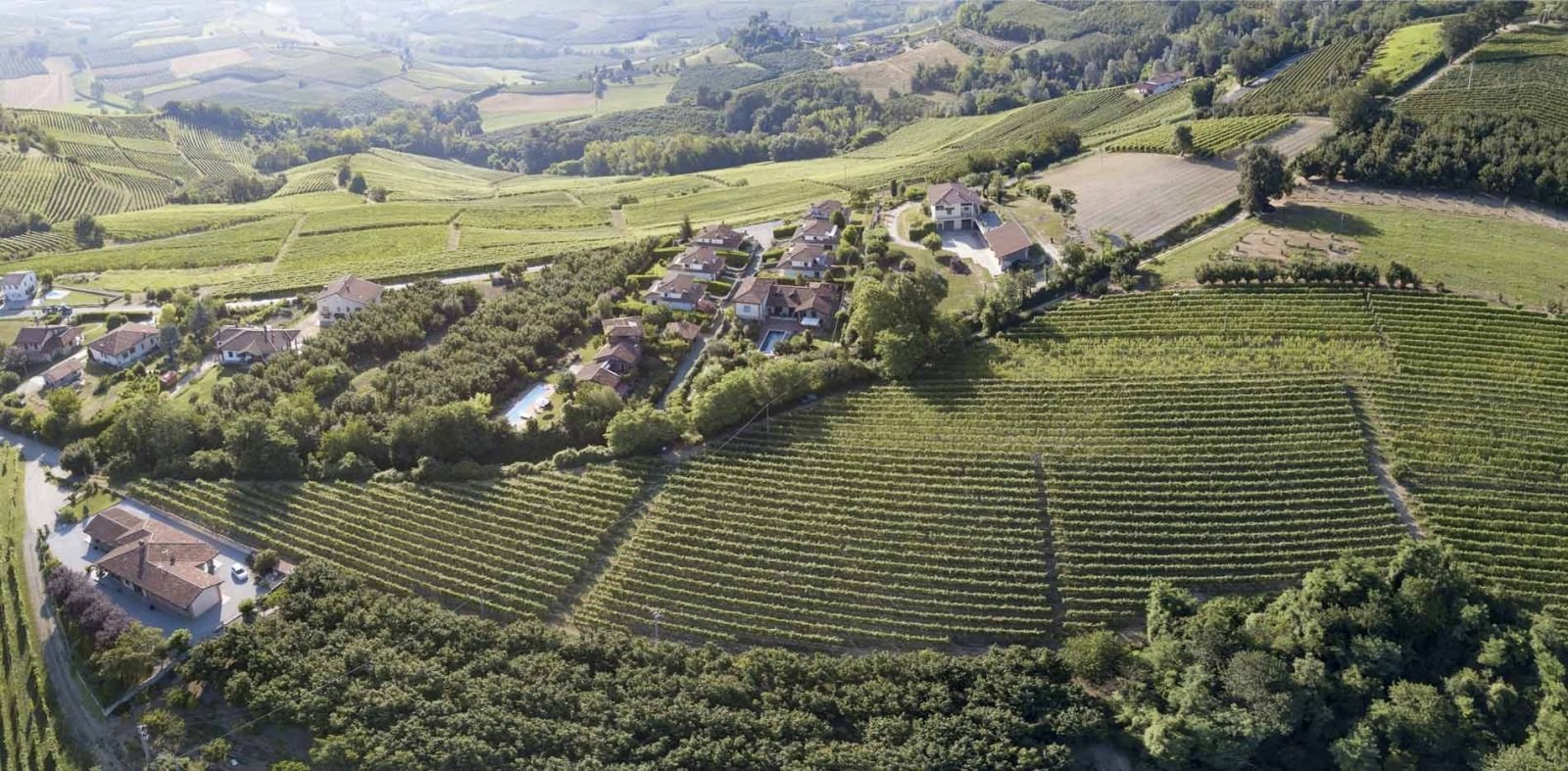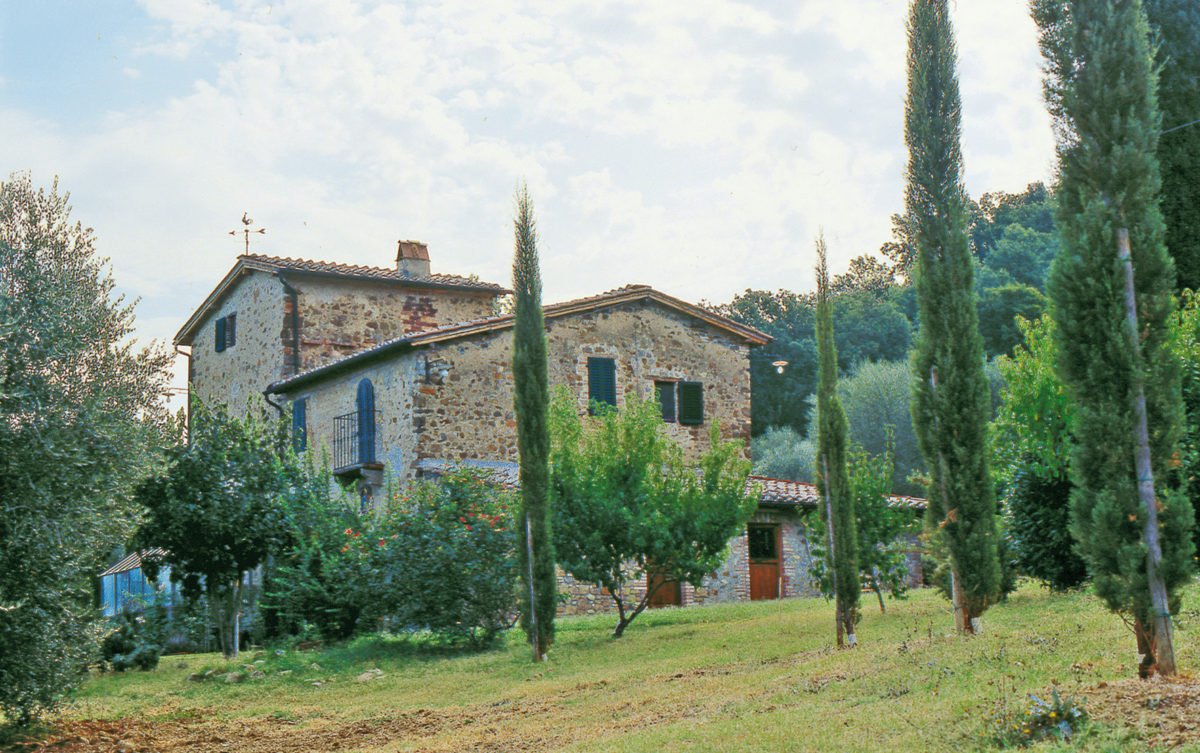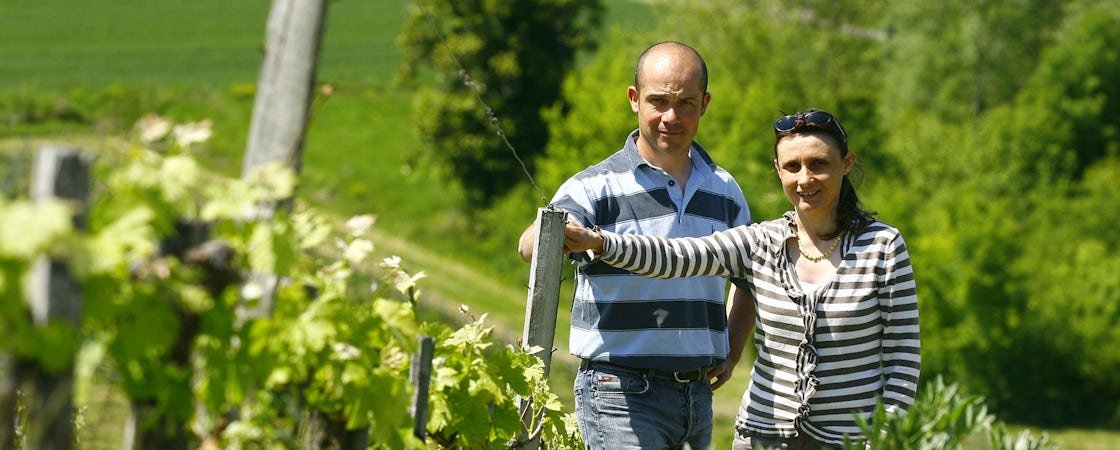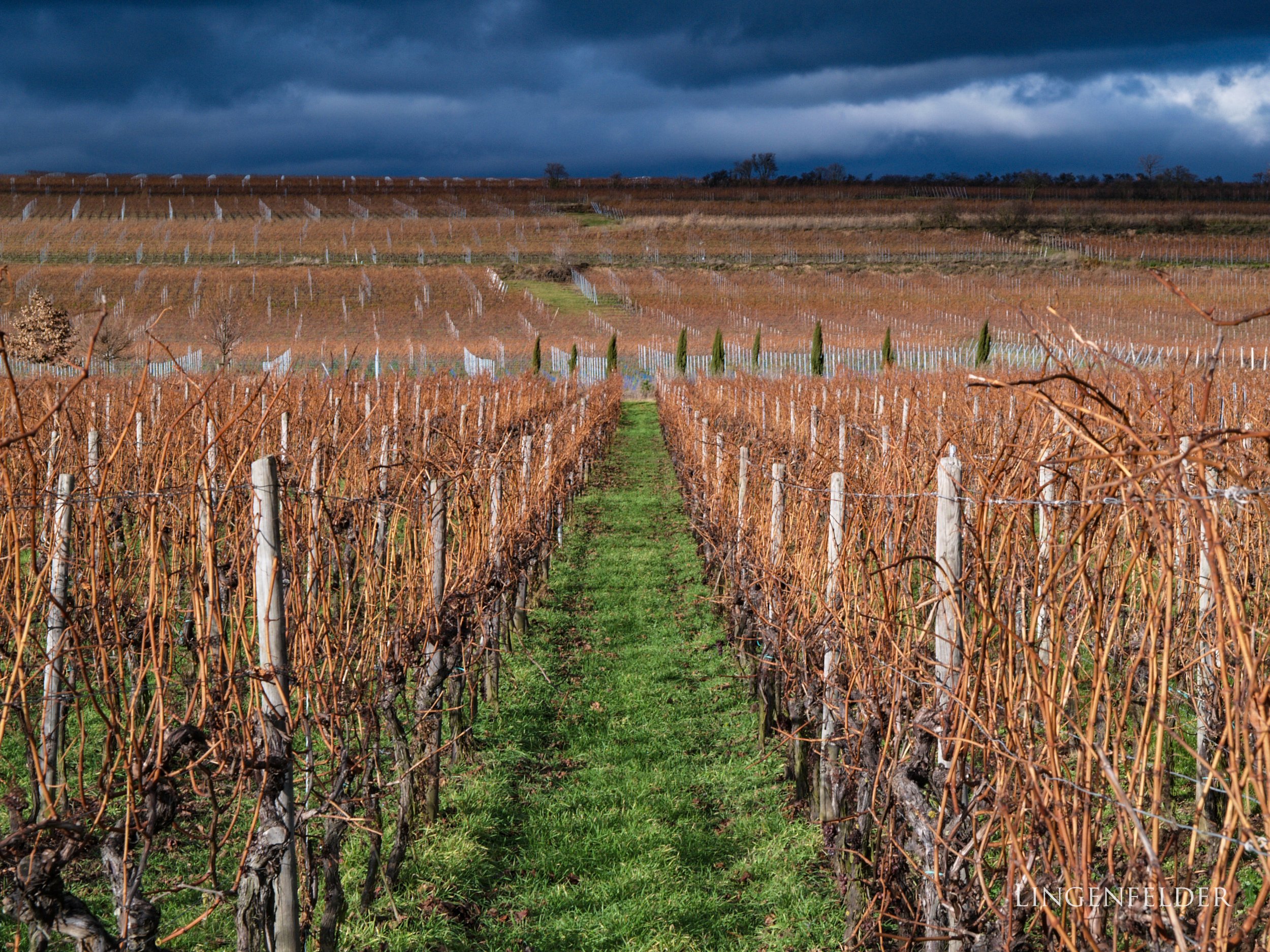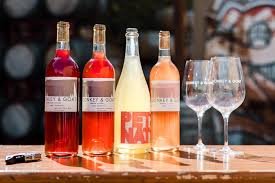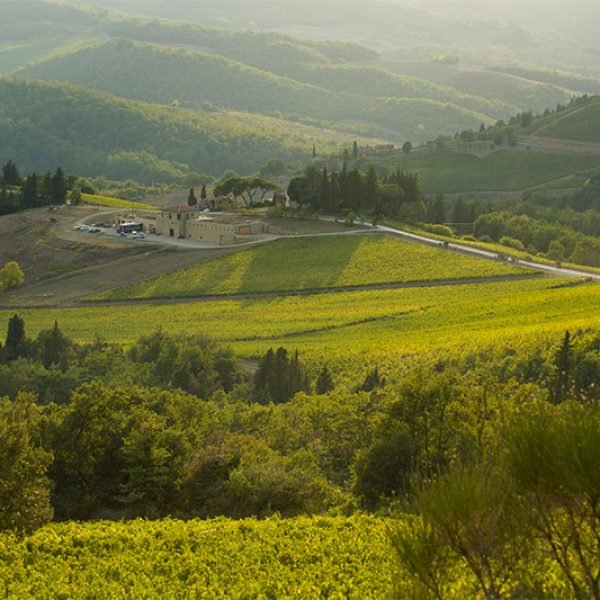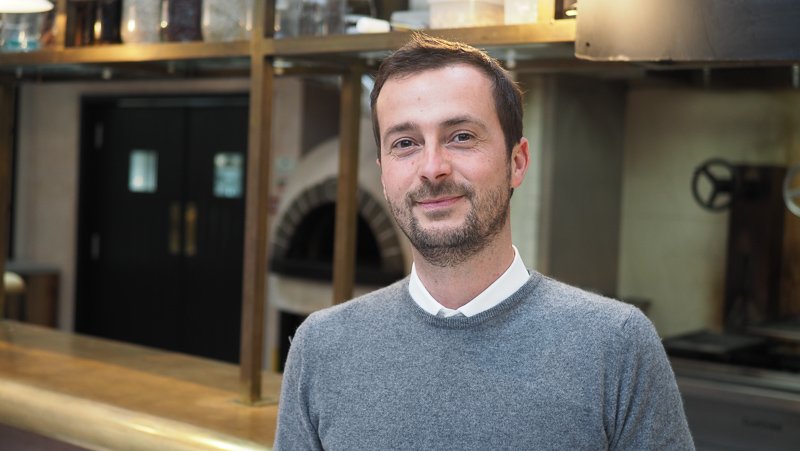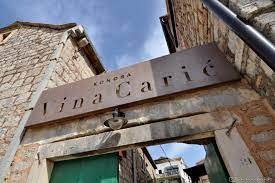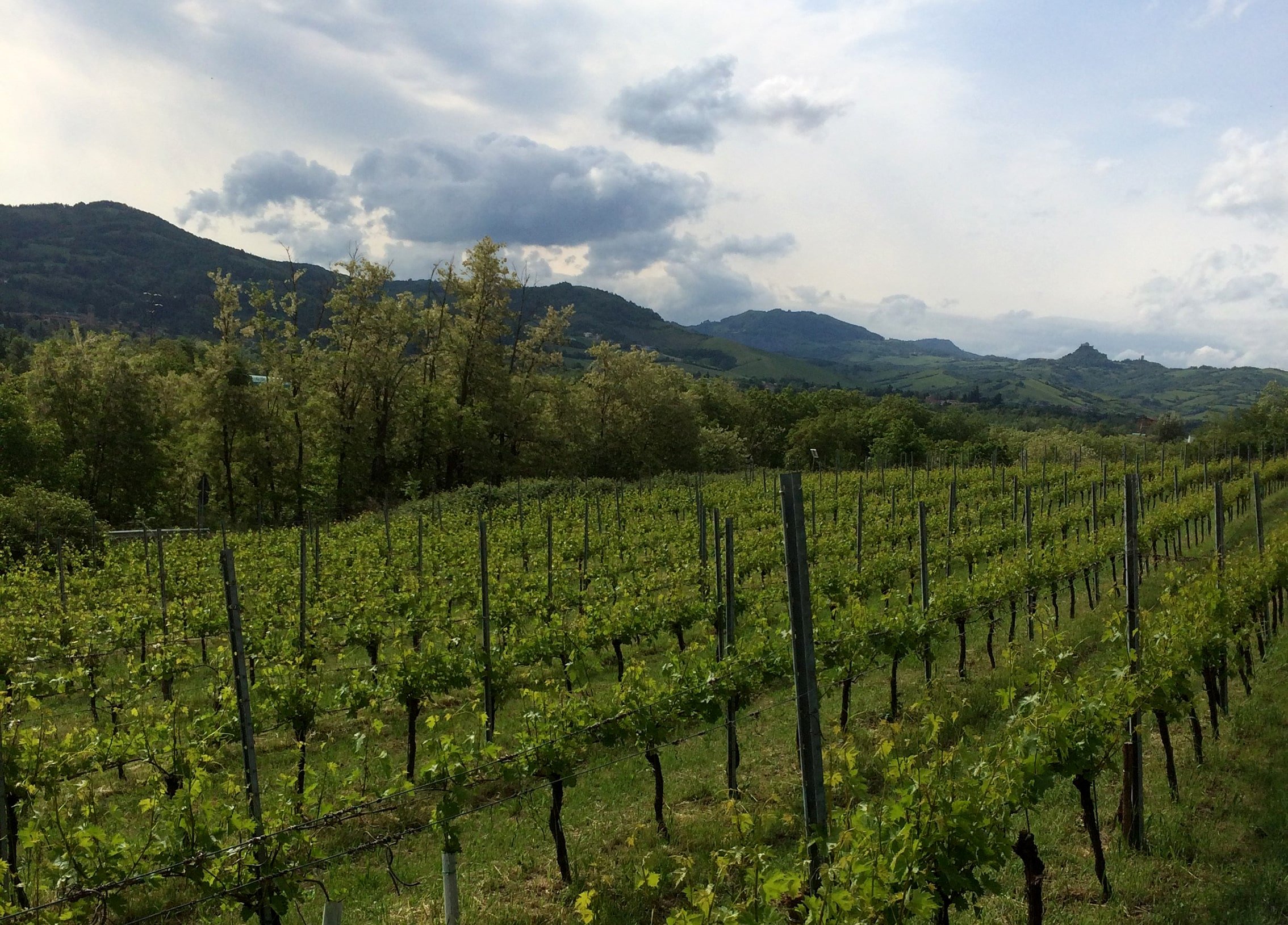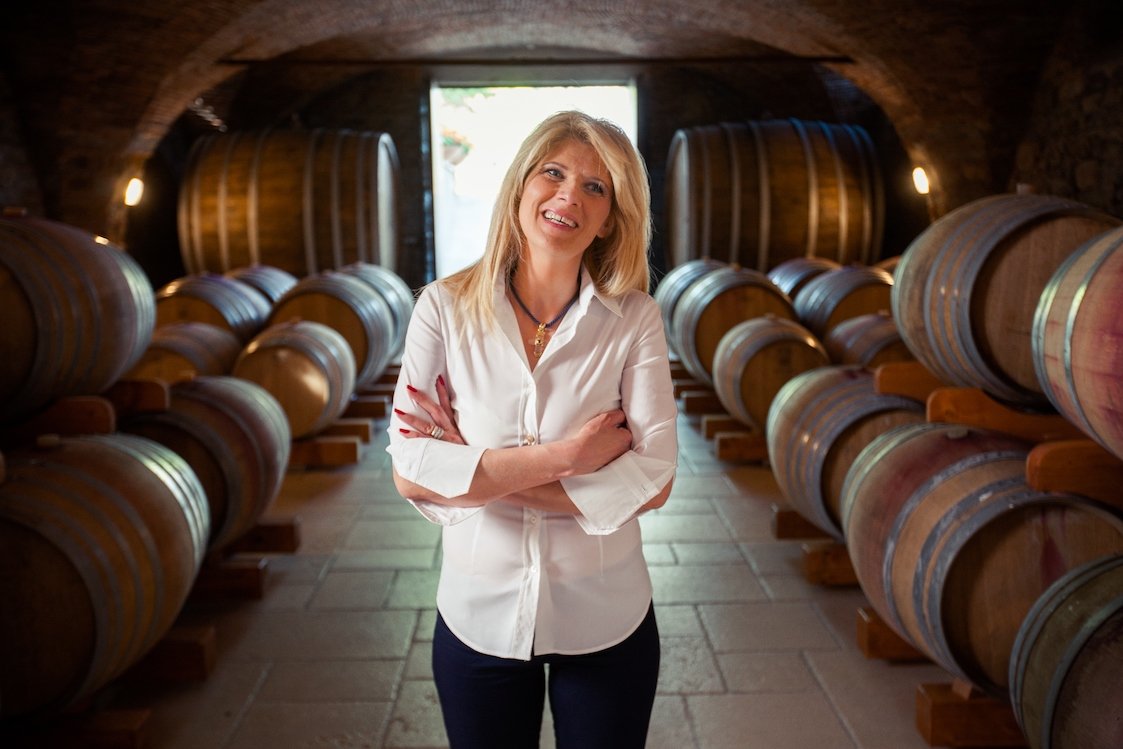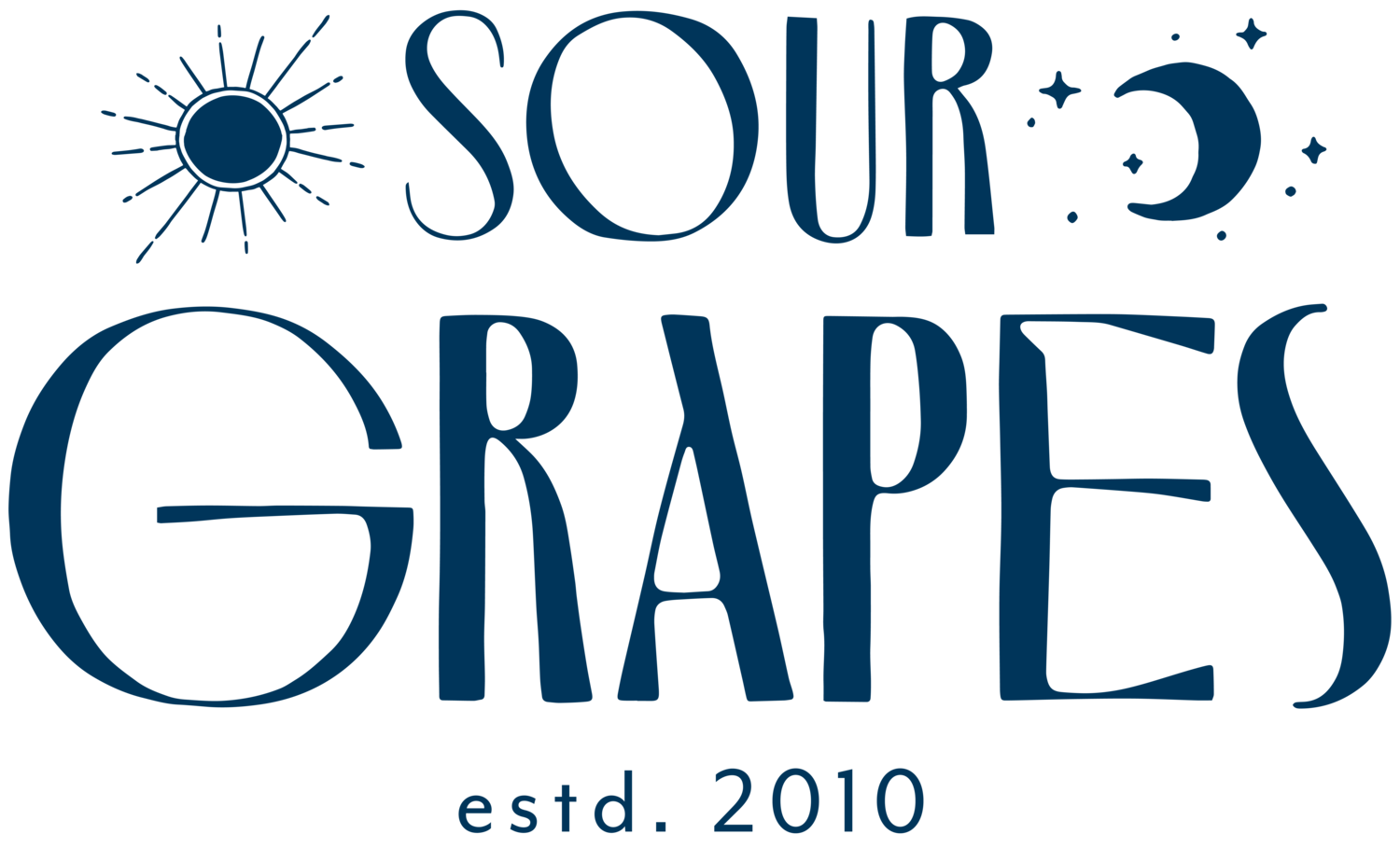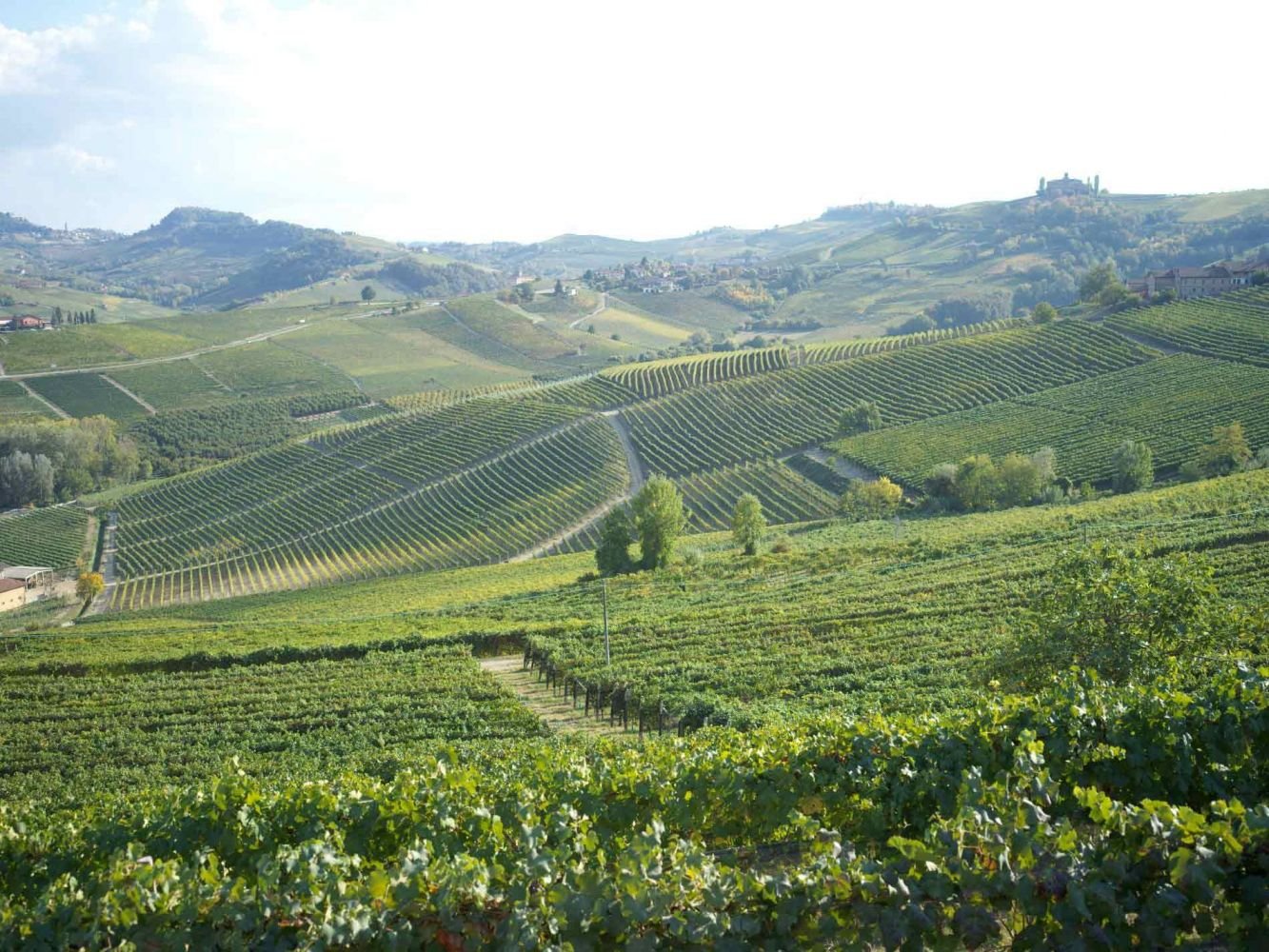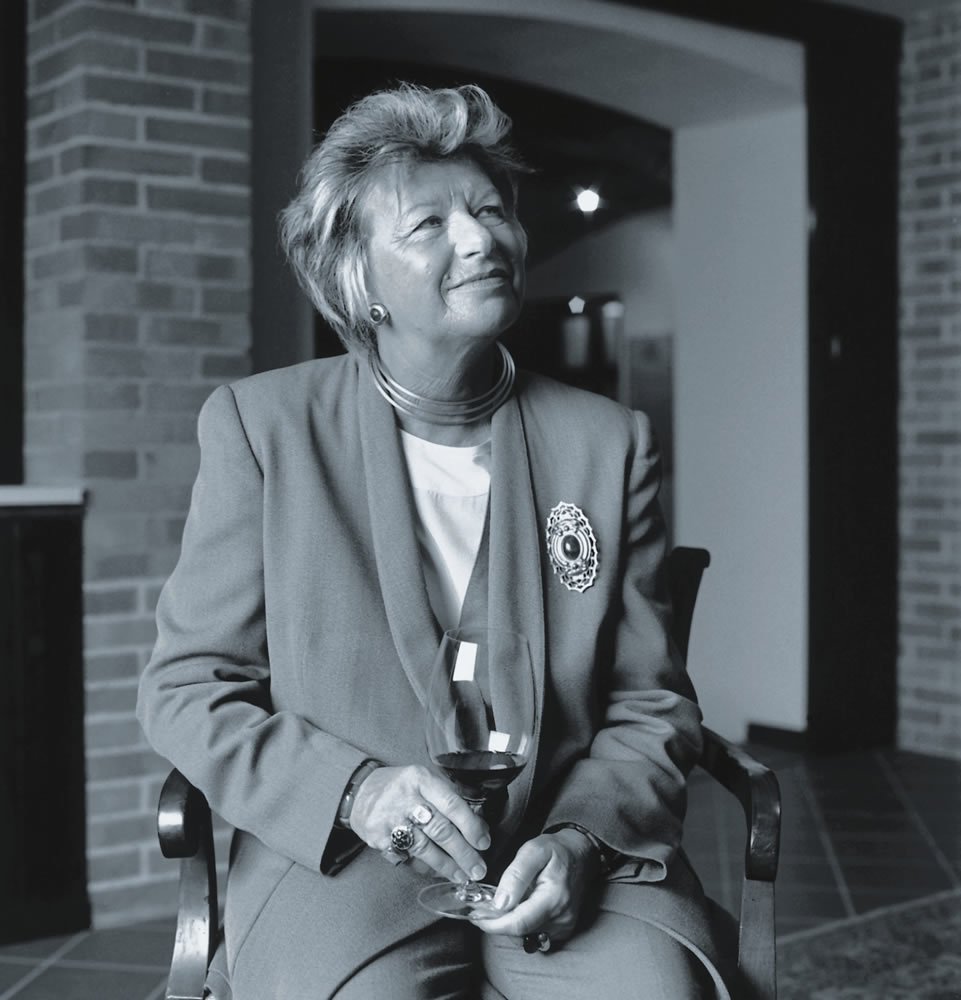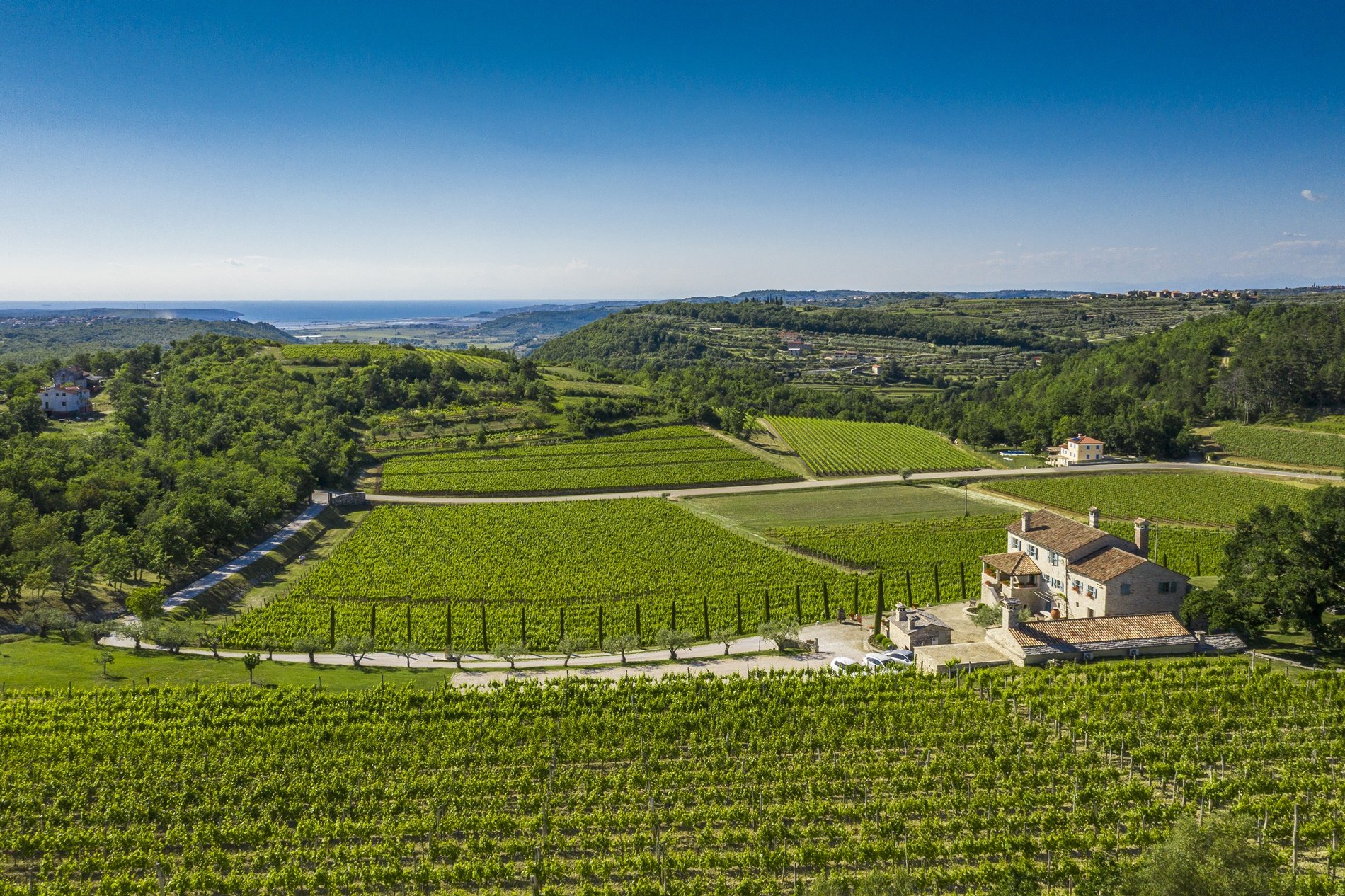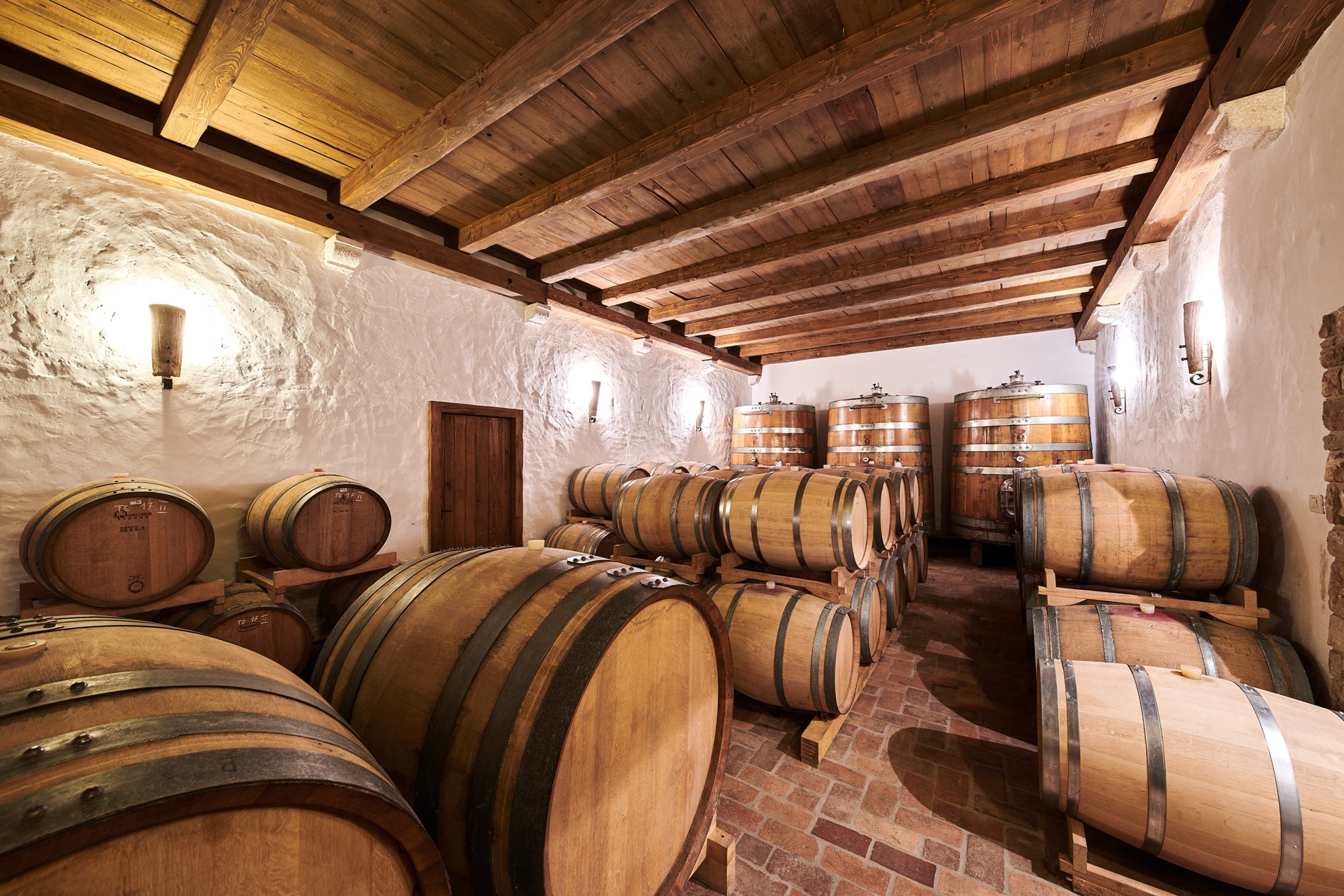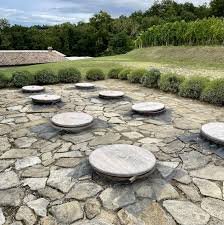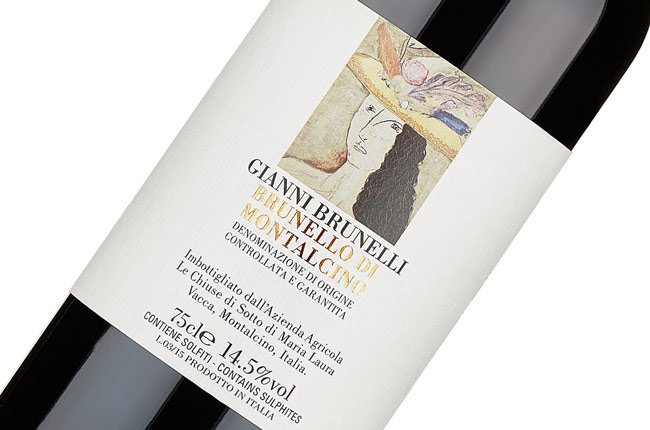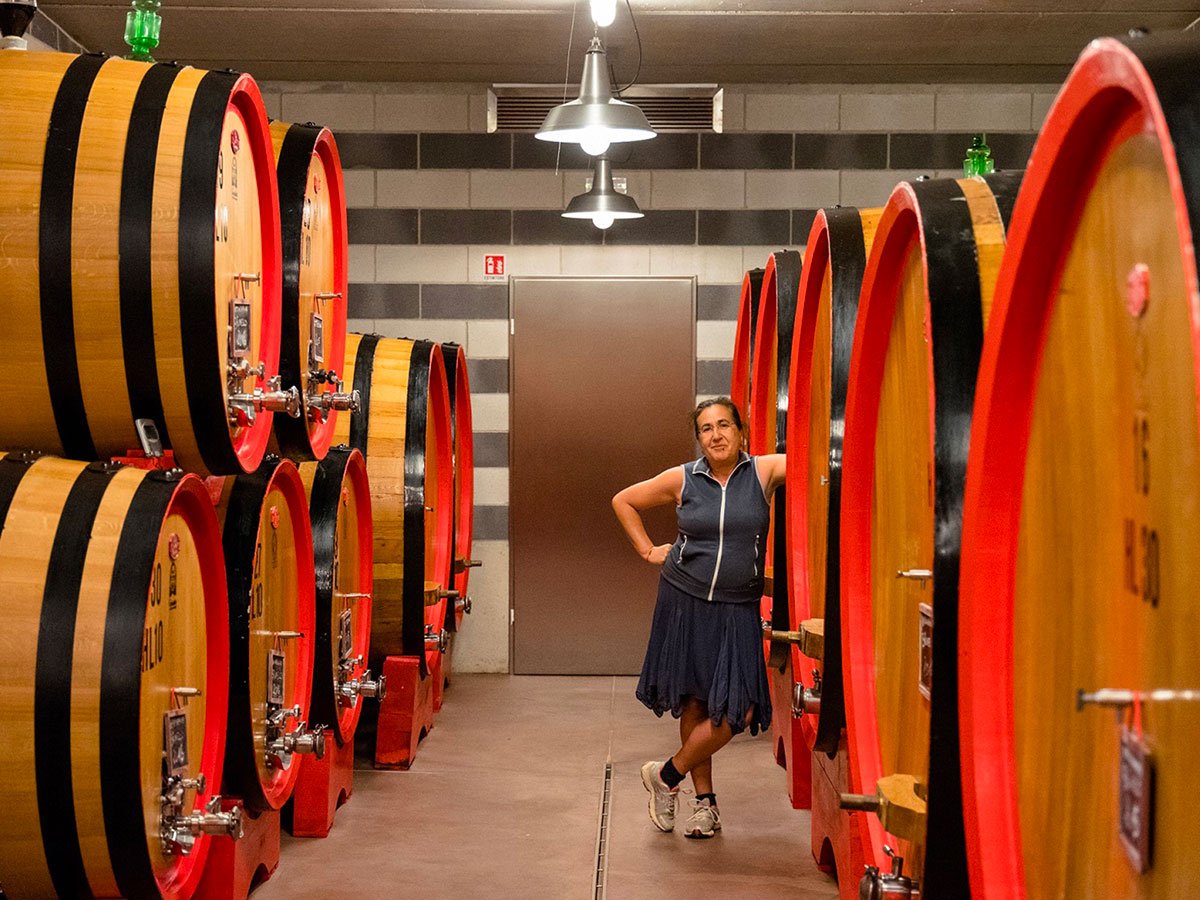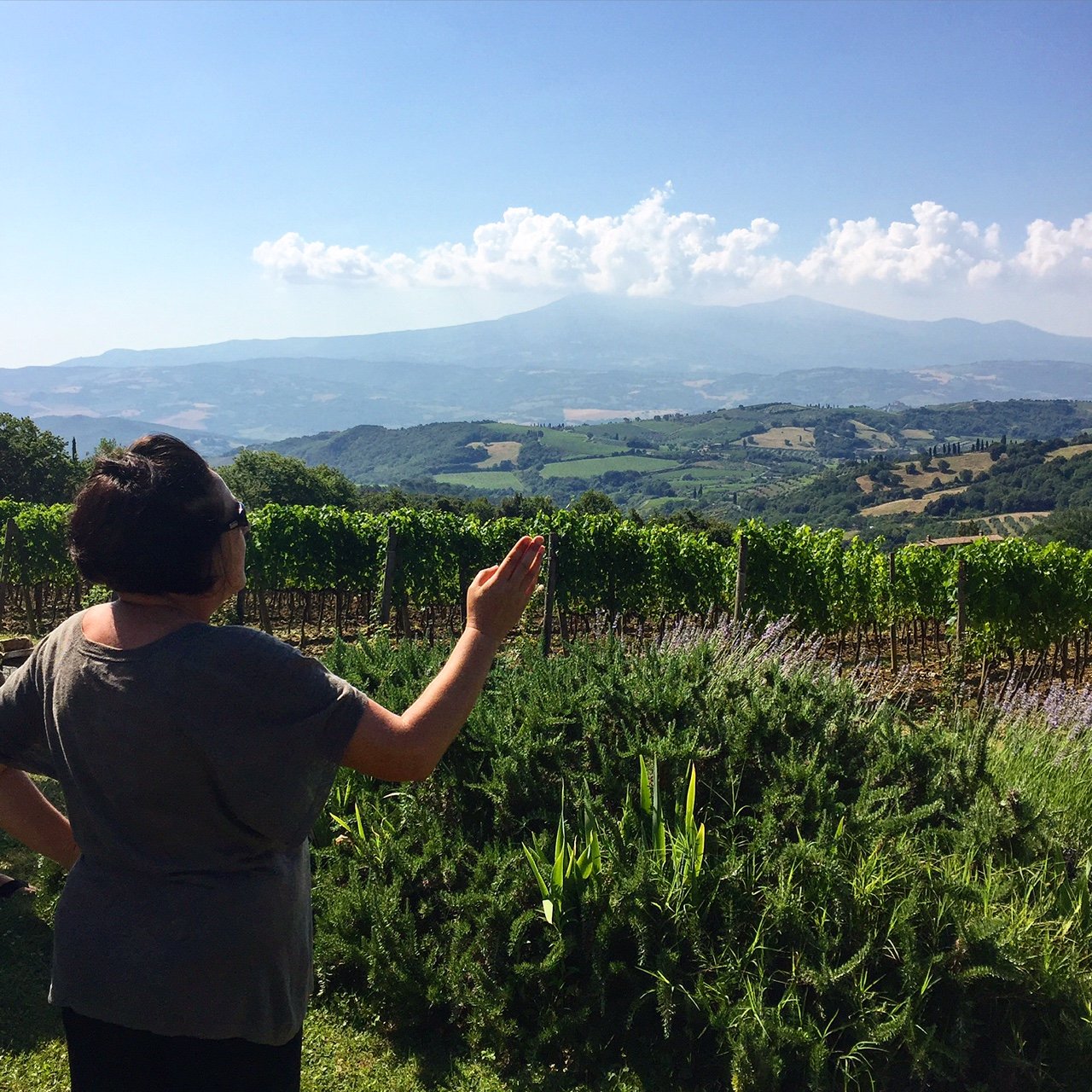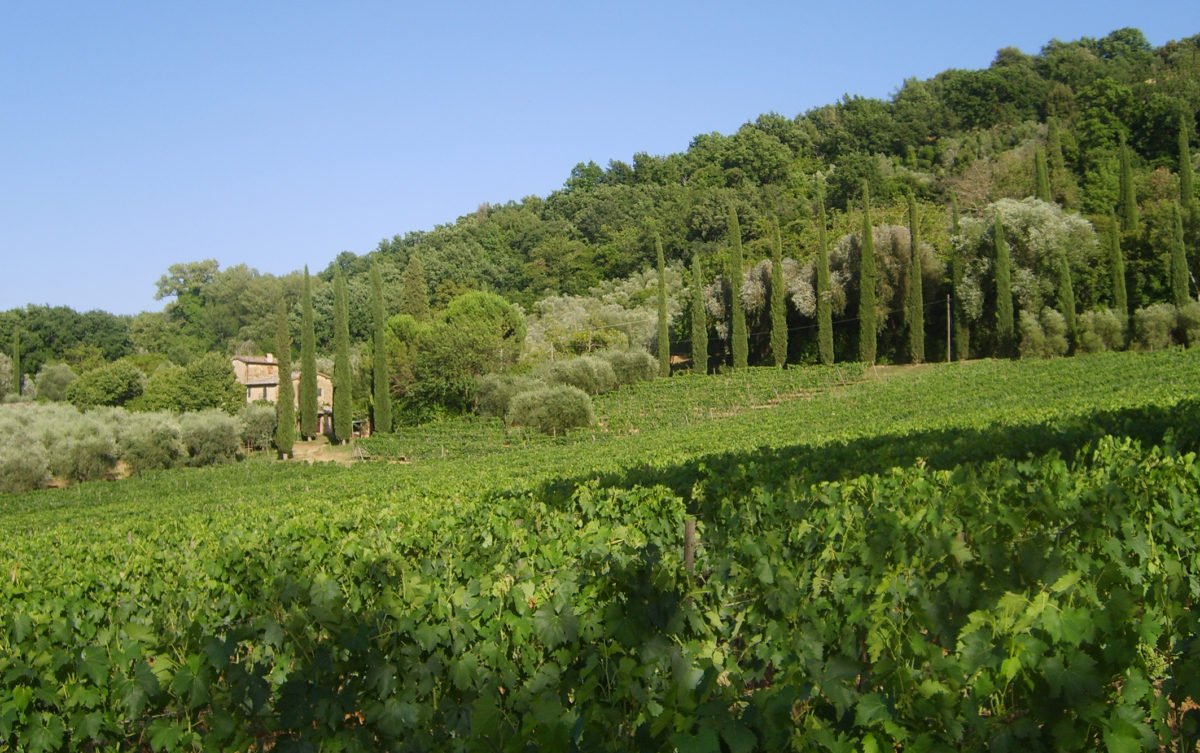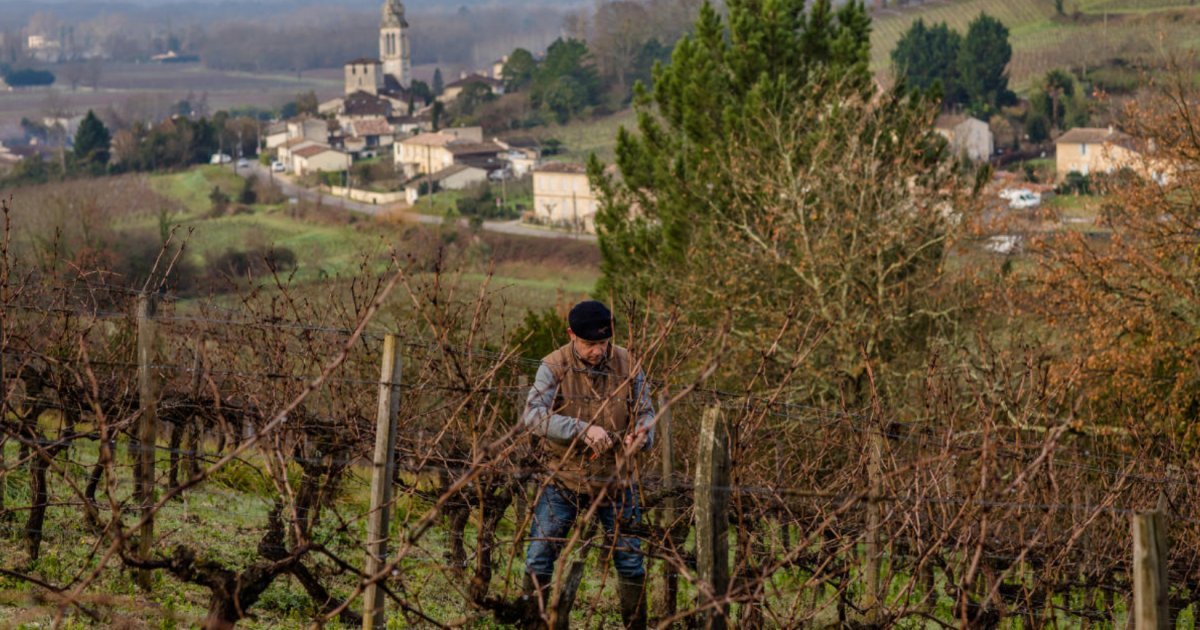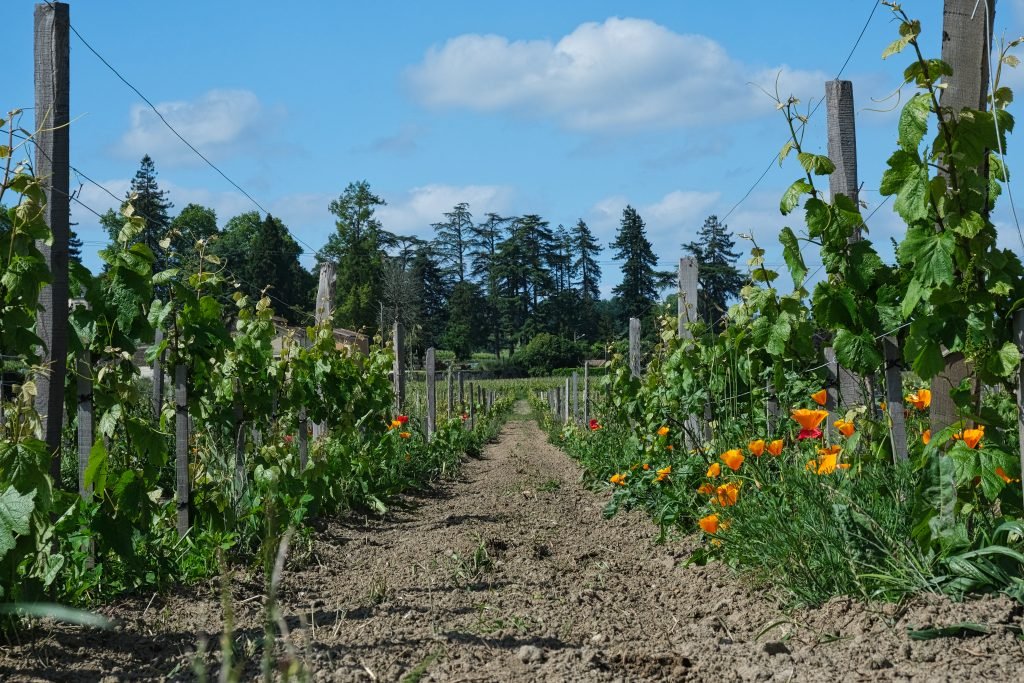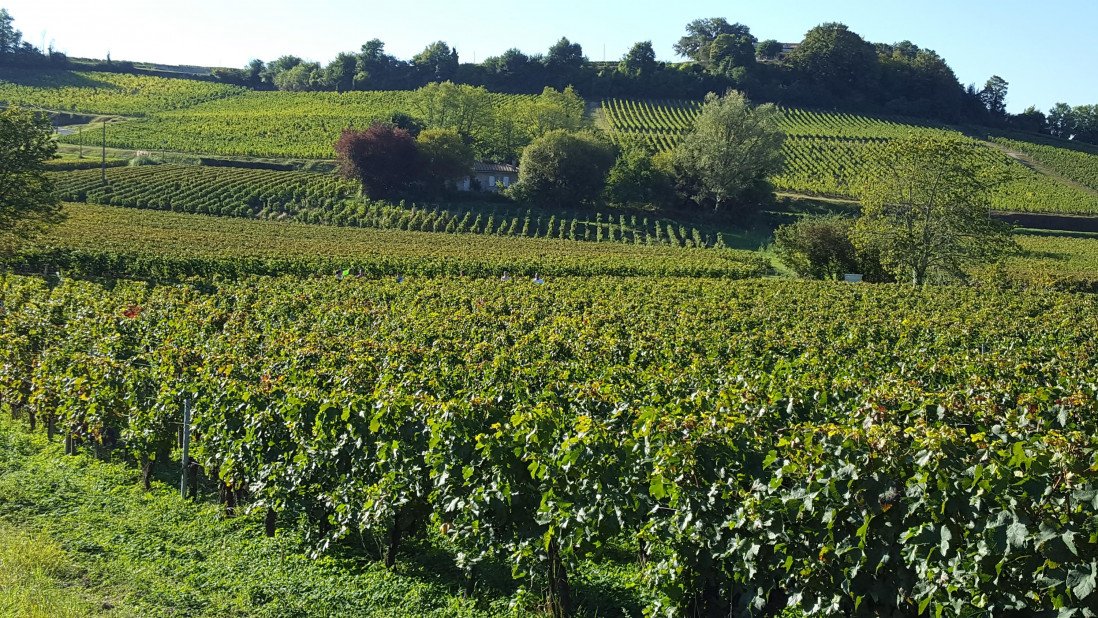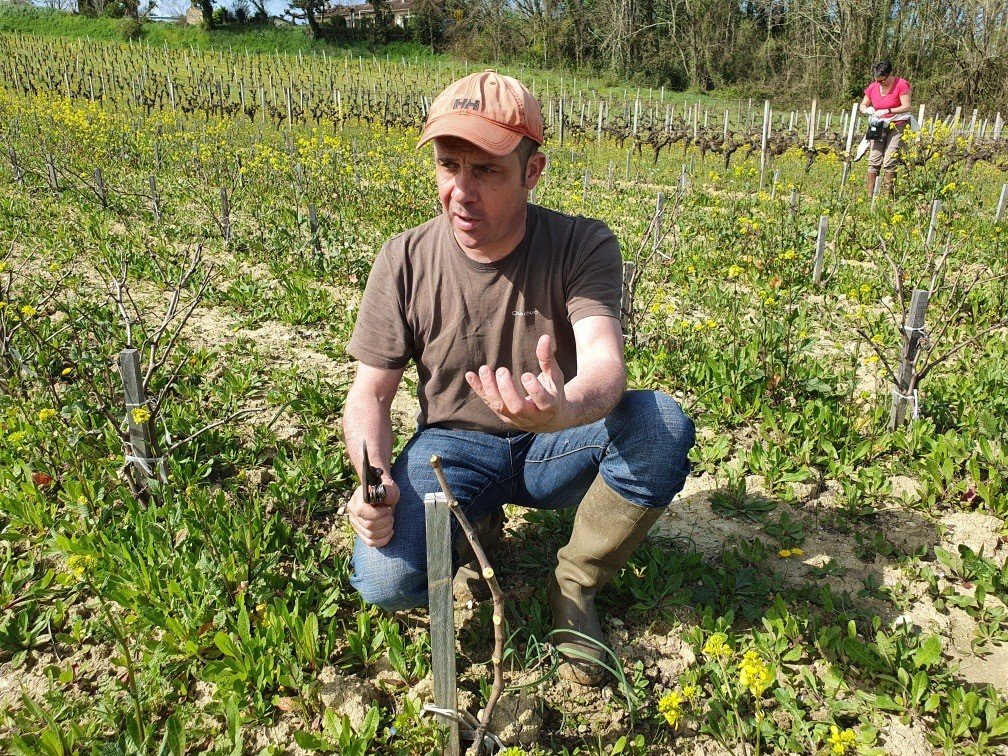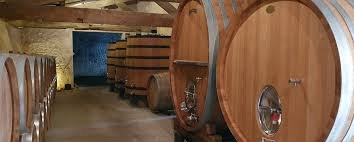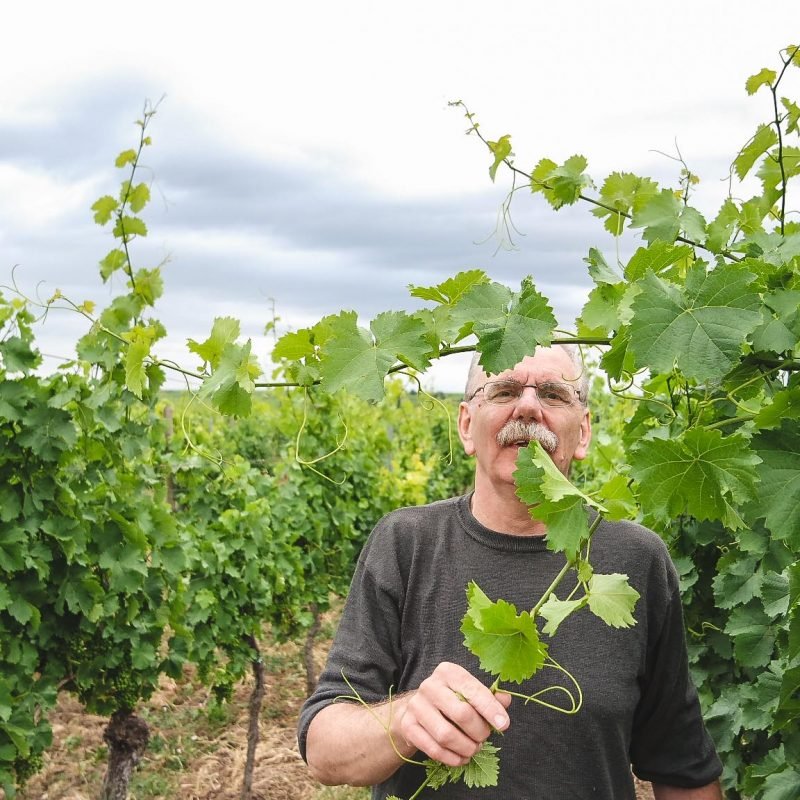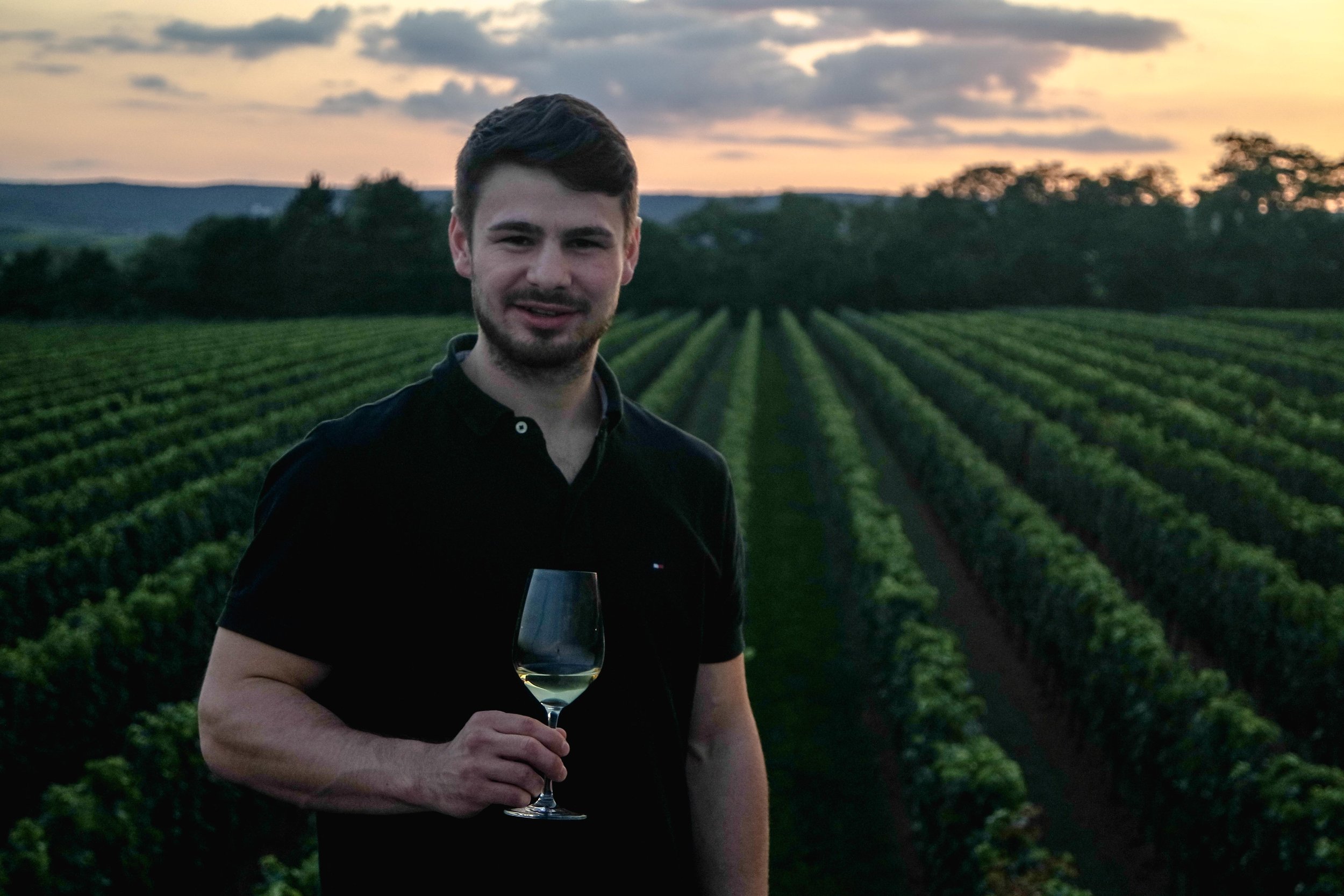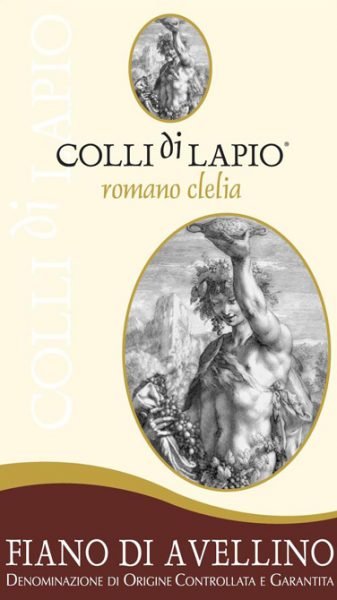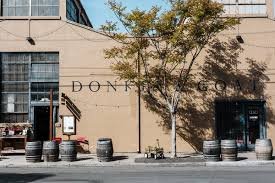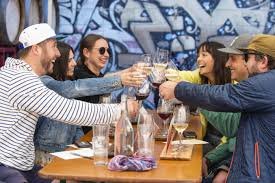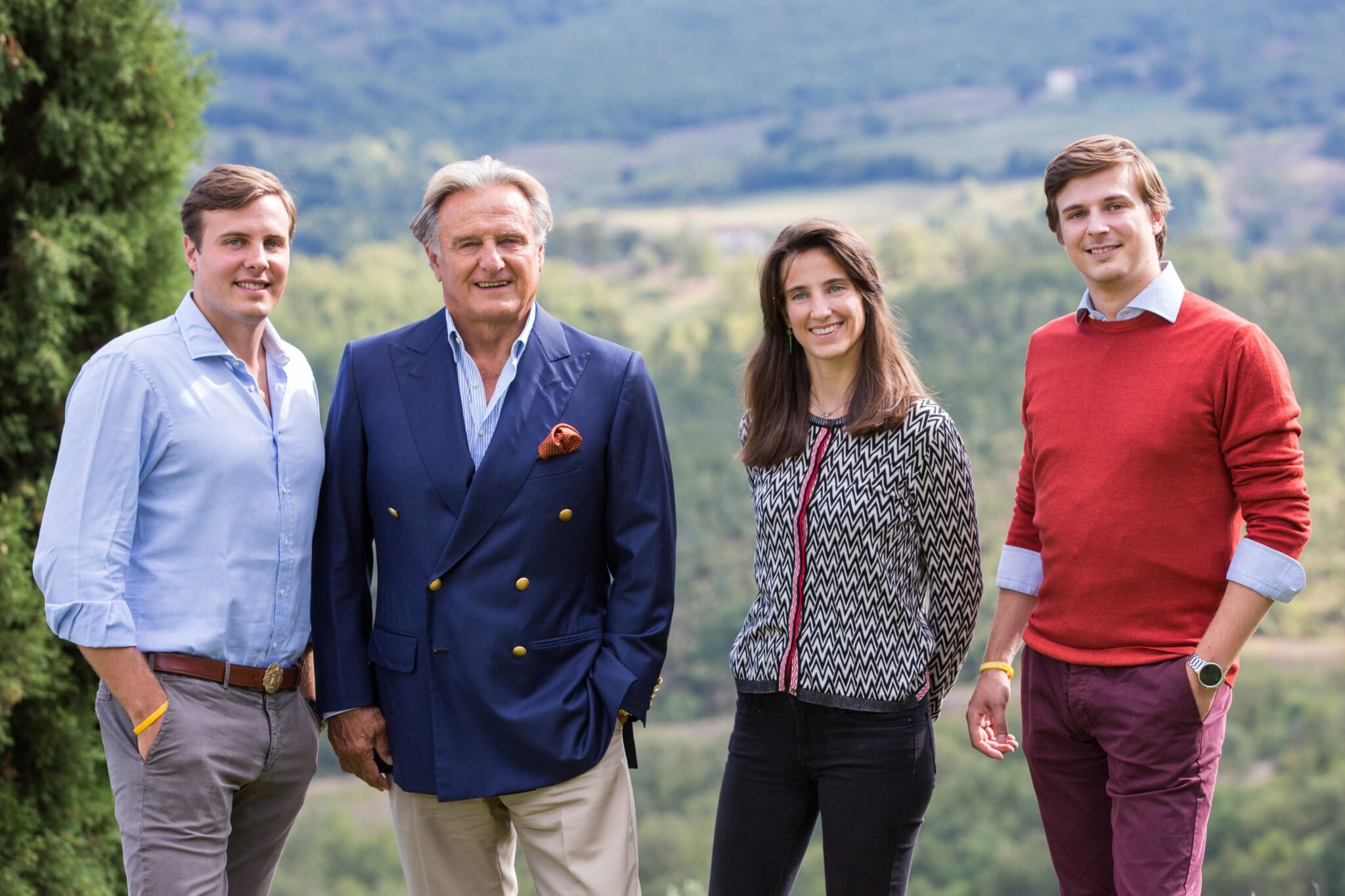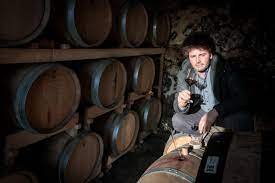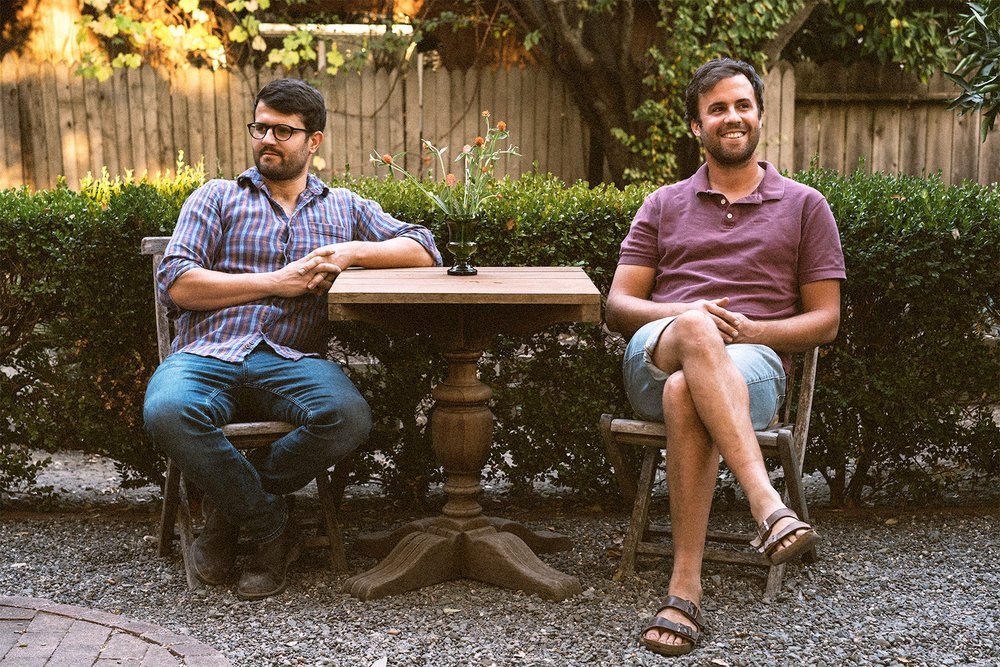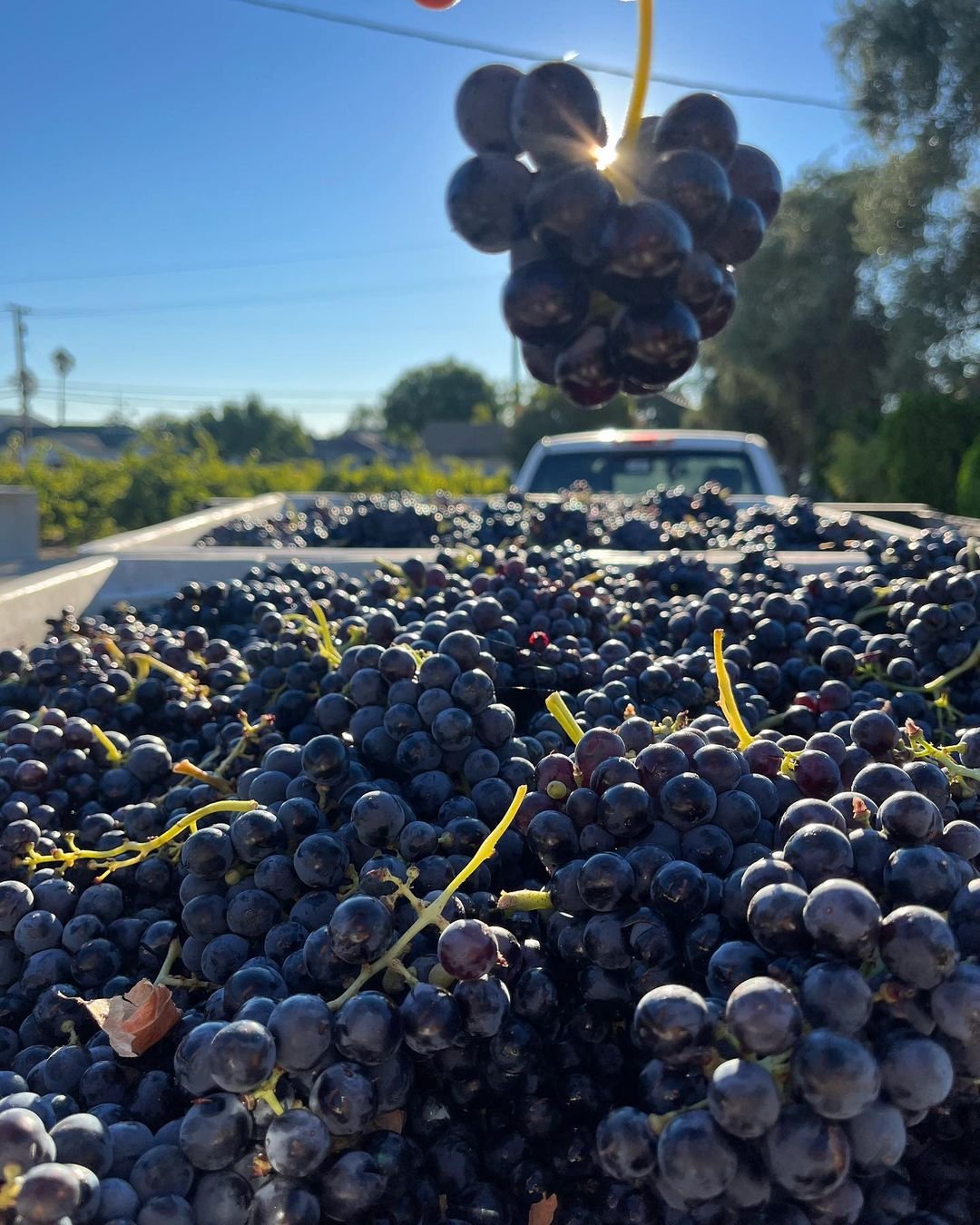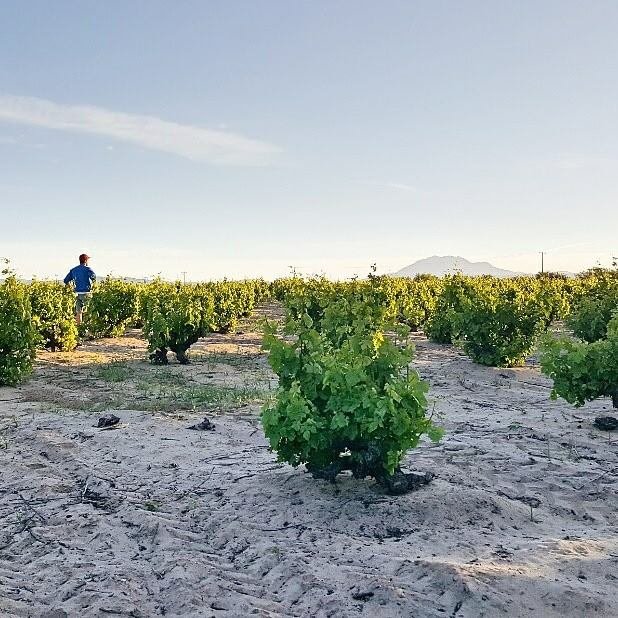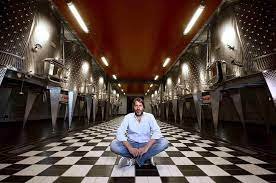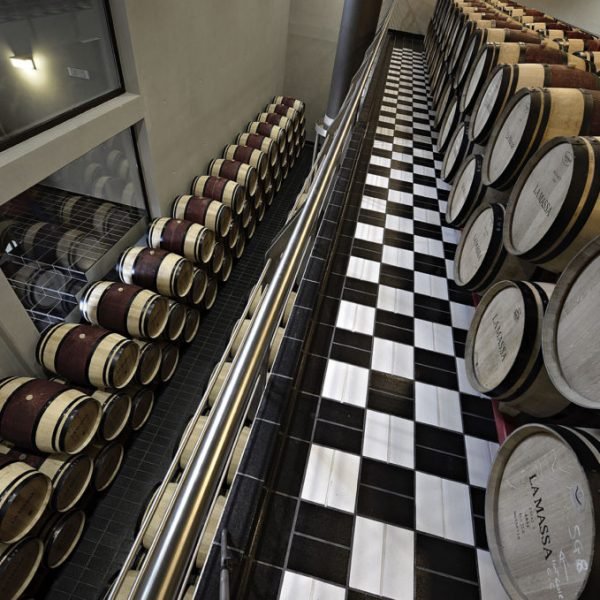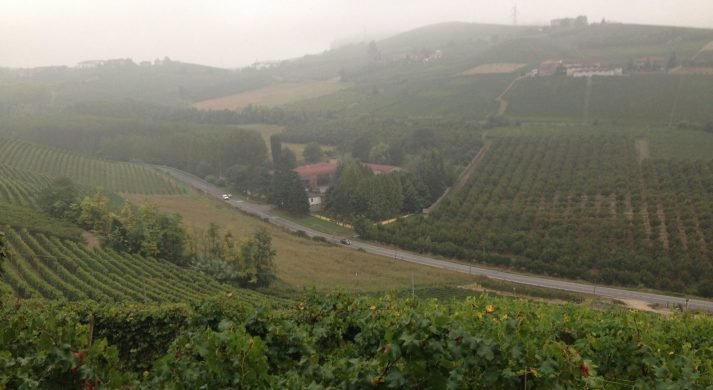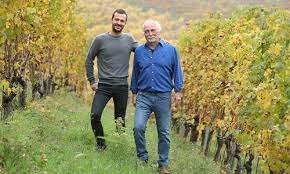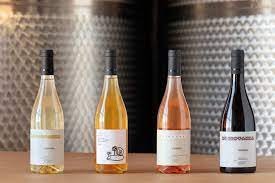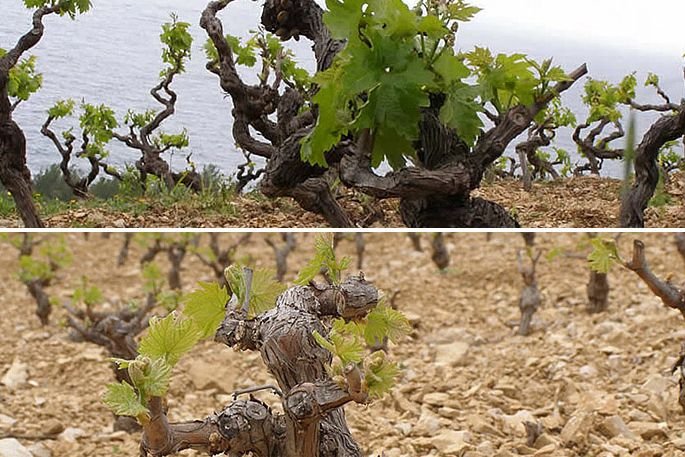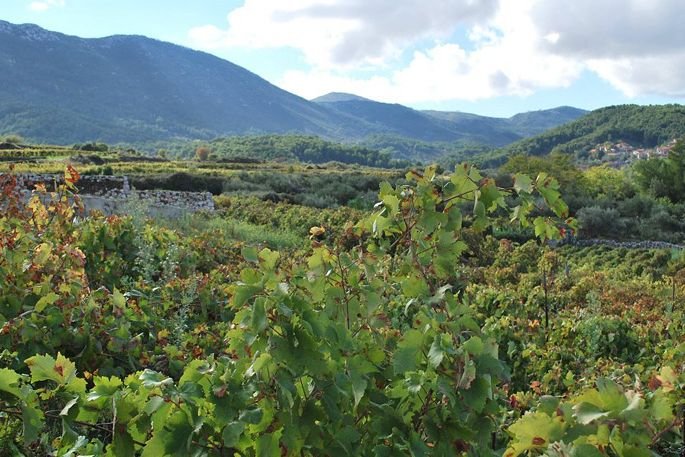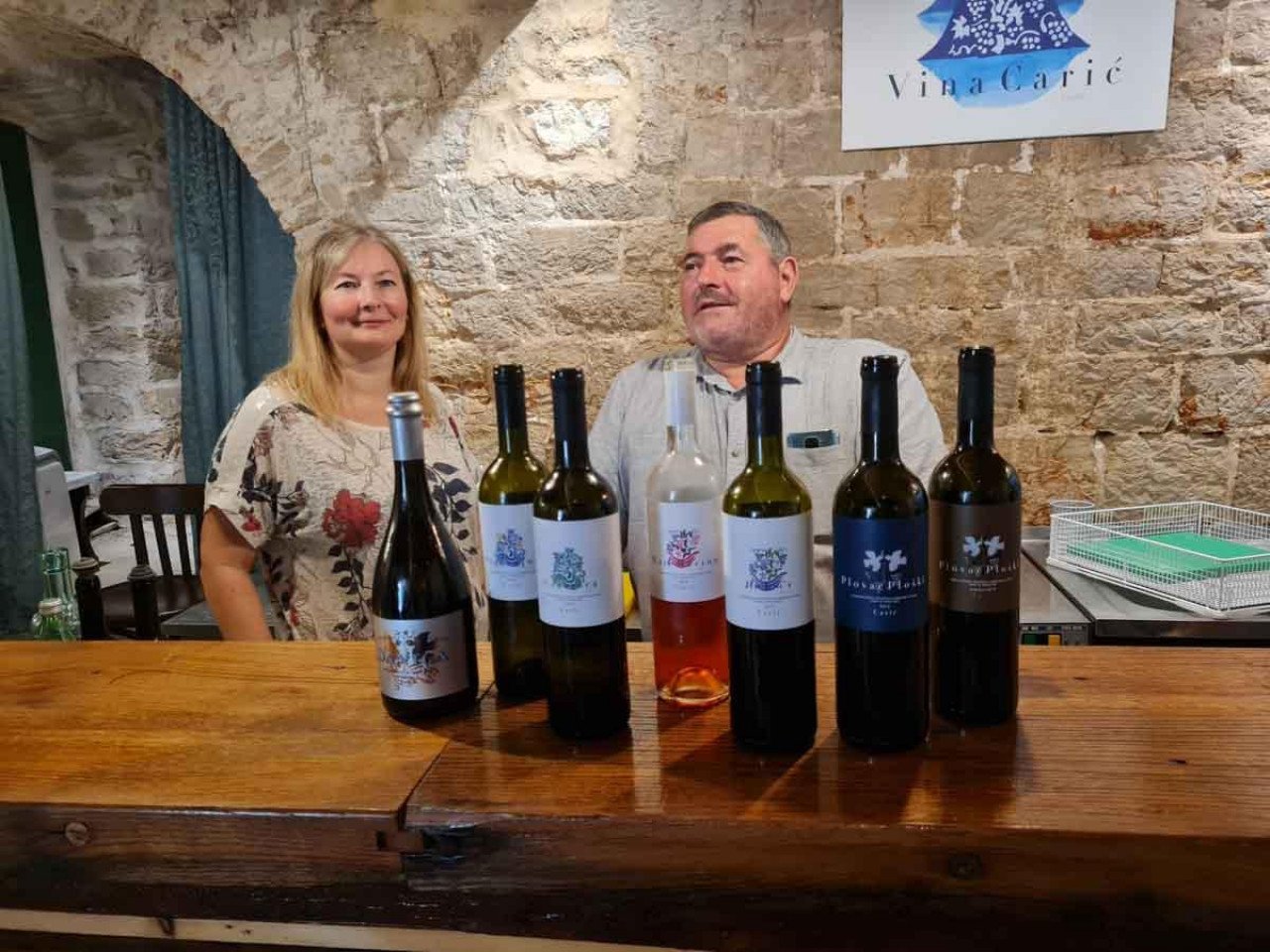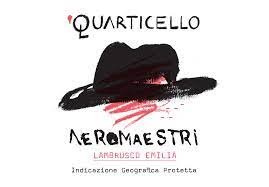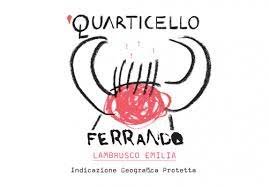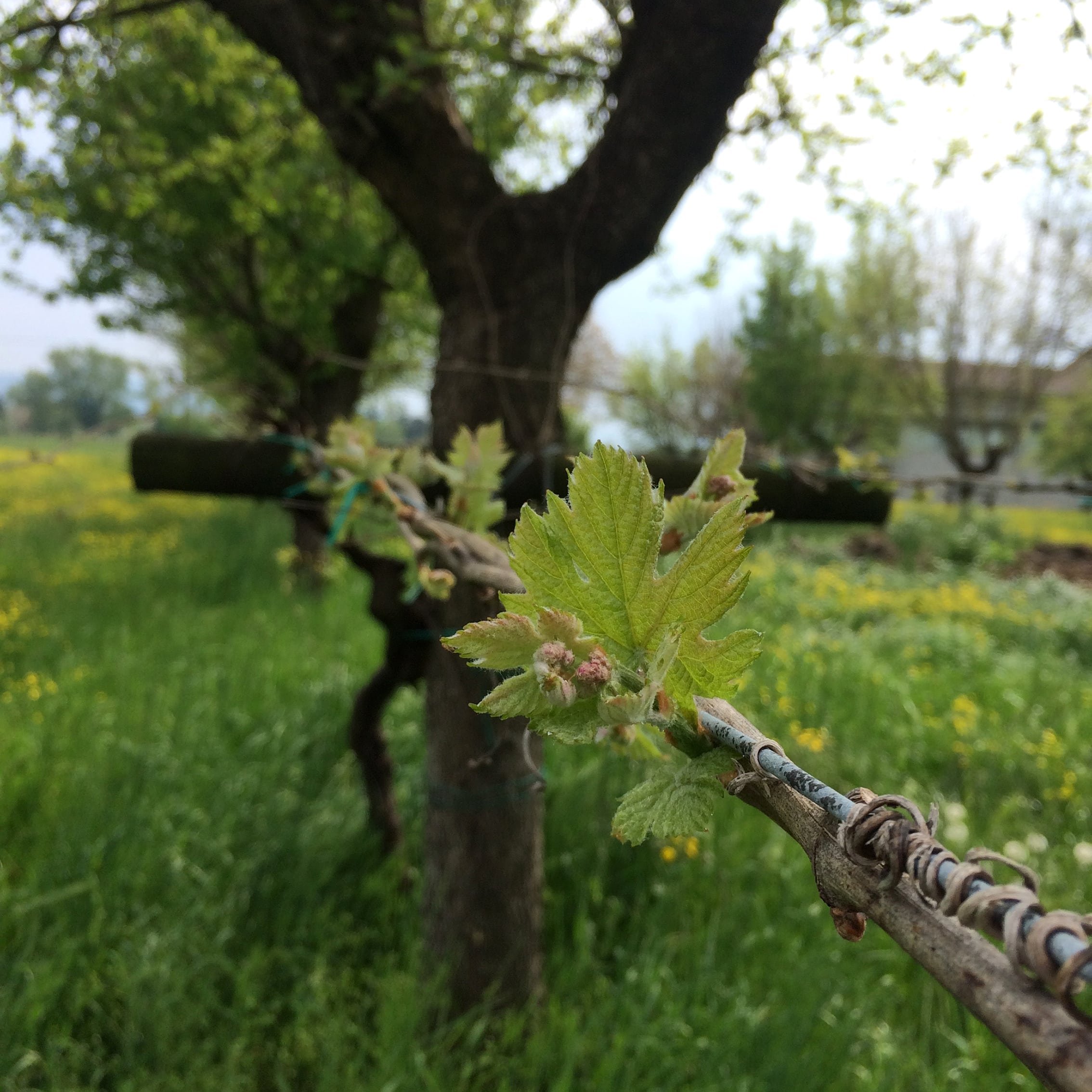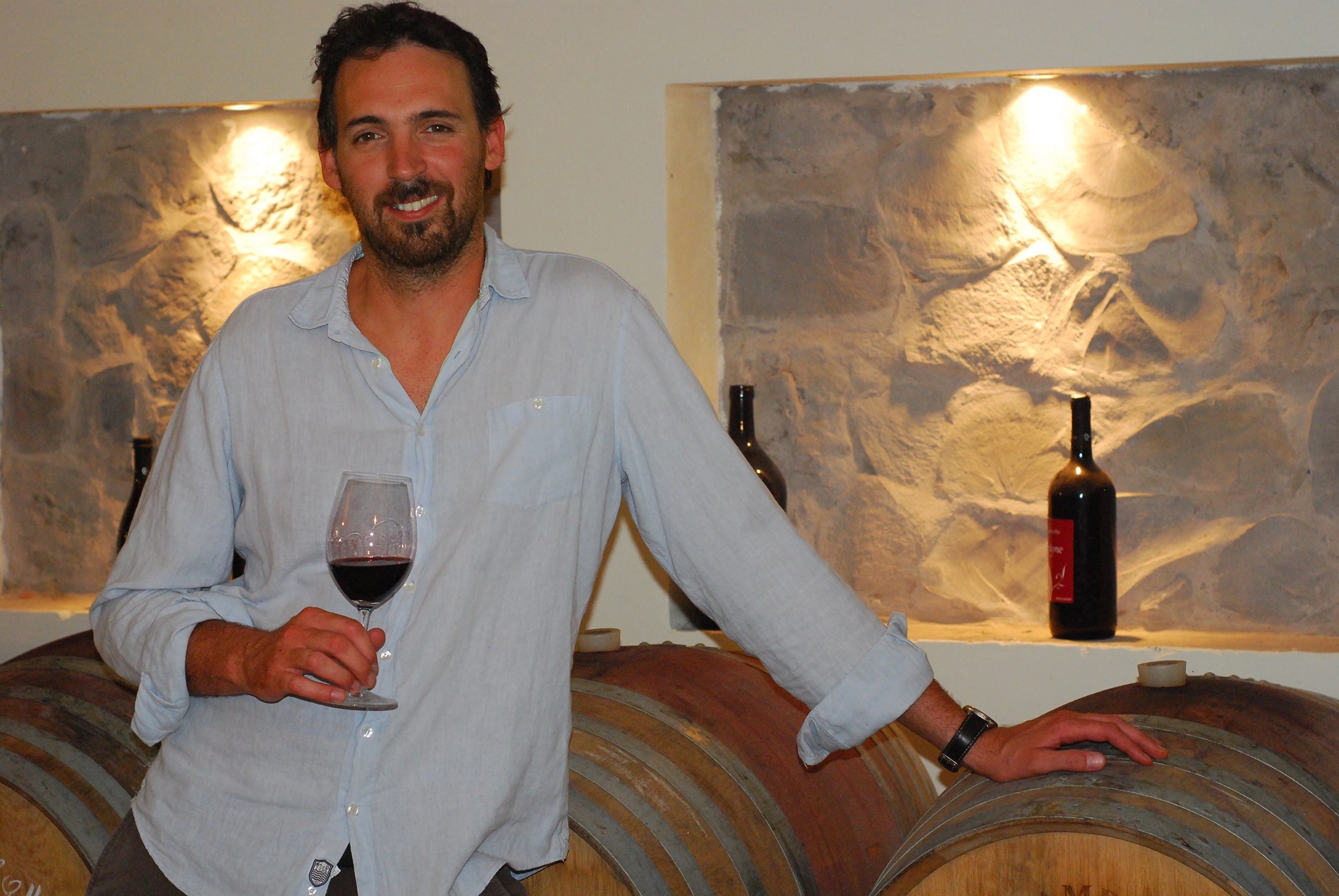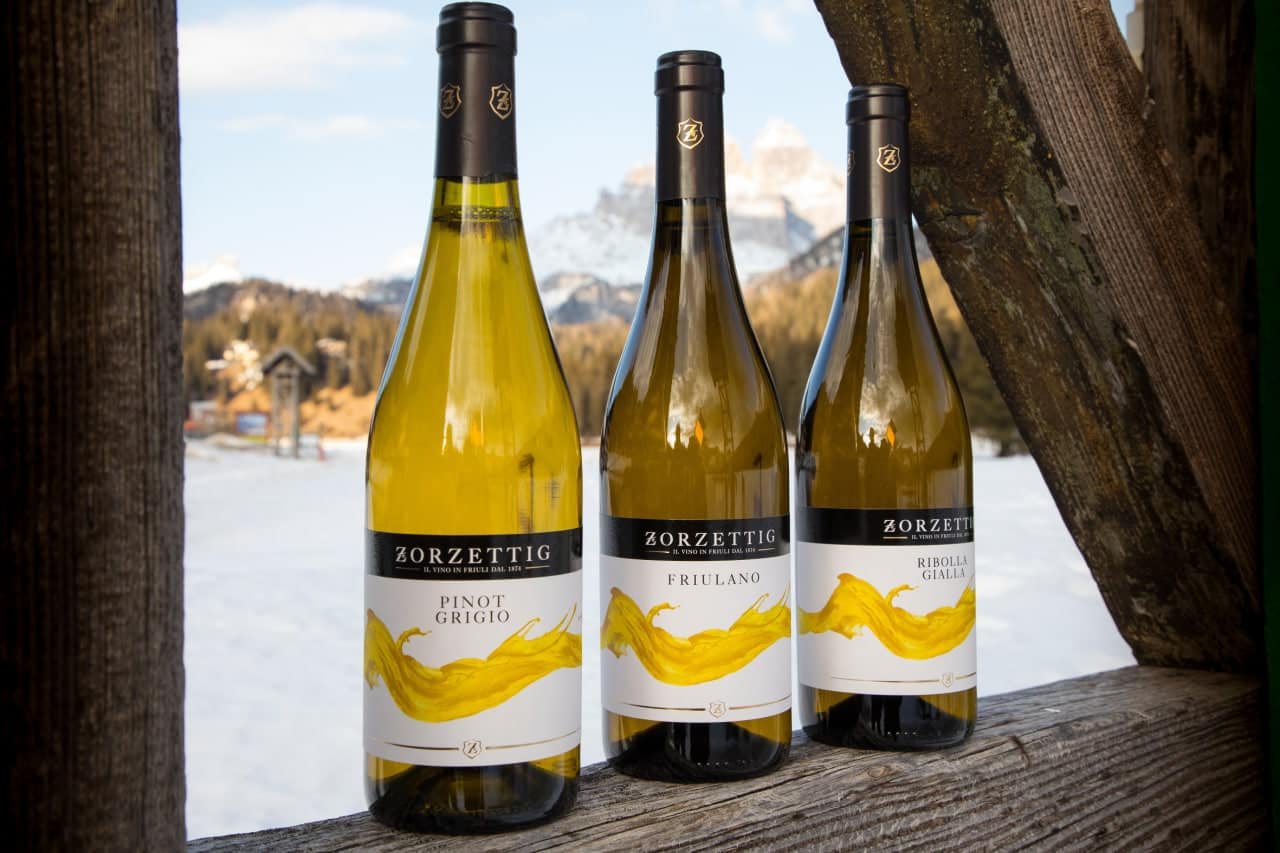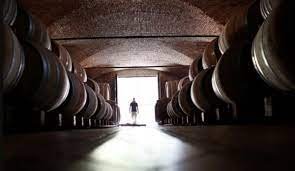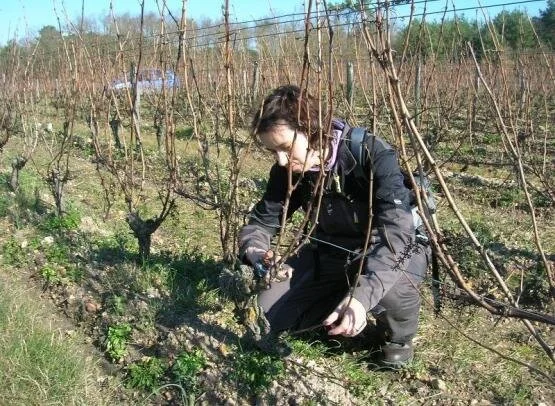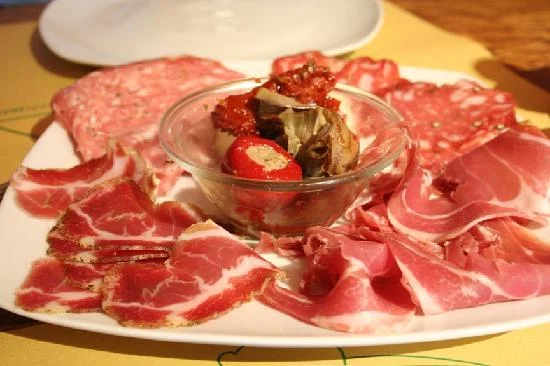There was nothing here, just pastures and a derelict house. For years, I had been looking for a corner of Tuscany in which to plant a vineyard and restart from my childhood spent between the rows of vines in Lombardy. I was looking for somewhere unexplored, full of potential for making wines which would combine personality and elegance. It is right here, between this Mediterranean scrub and the woods of the Bassa Maremma, south of Capalbio, that in 1998 my wife Gemma and I found the ideal conditions for going ahead with my plan.
Today we are flanked with strong commitment by my daughter Eva and her husband Javier Pedrazzini. Ours is a family run estate.
We are named after the hill that protects us against the strong Mediterranean winds, Monteti. On a clear day, gazing southwards down the hills from the highest vineyard it is possible to catch a glimpse of the sea.
During the preparation of the land the diggers encountered some gigantic boulders. We gently extracted them and, due to their monumental beauty, we decided to place them along the alleys and between the vineyards, standing out like guardians. Naturally, they have become the symbol of the estate.
We set up our enterprise in 1999. We wanted to gain the best possible advantage from the excellent south/south-westerly exposure of the fields. We mitigated the natural slopes to reduce the gradient to a maximum of 7%, allowing us to plant a quite dense vineyard with 6,600 vines per hectare. We ensured excellent drainage, dug runnels and designed the alleys.
Due to the characteristics of the territory, I decided to concentrate our production exclusively on red grape varieties. The aim was to achieve the best possible quality. It was clear right from the start to both myself and our consultant oenologist Carlo Ferrini that not being an area with a tradition for red wines, ours would be IGT Toscana and not DOC or DOCG. This allowed us to choose in absolute freedom the grape varieties best enhanced by the characteristics of our soil, pursuing low yields per hectare and drawing up our own vinification and ageing method, which we apply with the utmost rigour and refine year after year.
It was also clear from the start that we were going to make just two wines. Two brothers, Monteti and Caburnio, which, while sharing a similar stylistic concept, would be different in terms of composition and maturation.
In 2001 we began building the cellar, designed in close relation to the vineyard according to two main criteria. The first was that every production stage, from the arrival of the grapes to the descent of the wine into the ageing cellar, would take place by gravity, avoiding the brusque use of pumps. The second, fundamental criterion was that the winemaking cellar and the ageing cellar would be organised in such a way as to allow the separate vinification and maturation of each batch of every variety, as though each were a creature in its own right. Thanks to this, when it is time to blend the wines, we have an extraordinary range of possibilities on which to base our choices. This is why, more than an estate of 28 hectares, we like to describe it as an estate that is 28 times one hectare.
2004 was our first vintage. The wine was released onto the market three years later. We ourselves were the first to be surprised by the extraordinary result achieved from such young vines.
We have always concentrated on the link with the territory. We apply responsible farming techniques, with organic fertilisation in winter and minimal use of treatments, thanks to a weather station that allows us to intervene only in cases of absolute necessity.
Since 2007, we have left the grapes to ferment spontaneously, thanks to the autochthonous yeasts present on the berries and in the air. This is also the reason why the building, designed by the architect Sergio Bracco, is surrounded by the vegetation terraces that merge it with the neighbouring environment.
Year by year we learn from the land, perfecting our work with loving respect for our environment and our landscape.
The Romantic philosophers used to wonder whether man was farmer or gardener first. Faced with this question, in this ever-developing enterprise, when with Eva and Javier we find in a glass of our wine the landscape of Tenuta Monteti not only with its vine rows but also the roses, the oaks, the rosemary bushes, the boulders and the sea in the distance… well, therein lies our answer.
